Inspired by China, a Swiss architect builds tiny houses
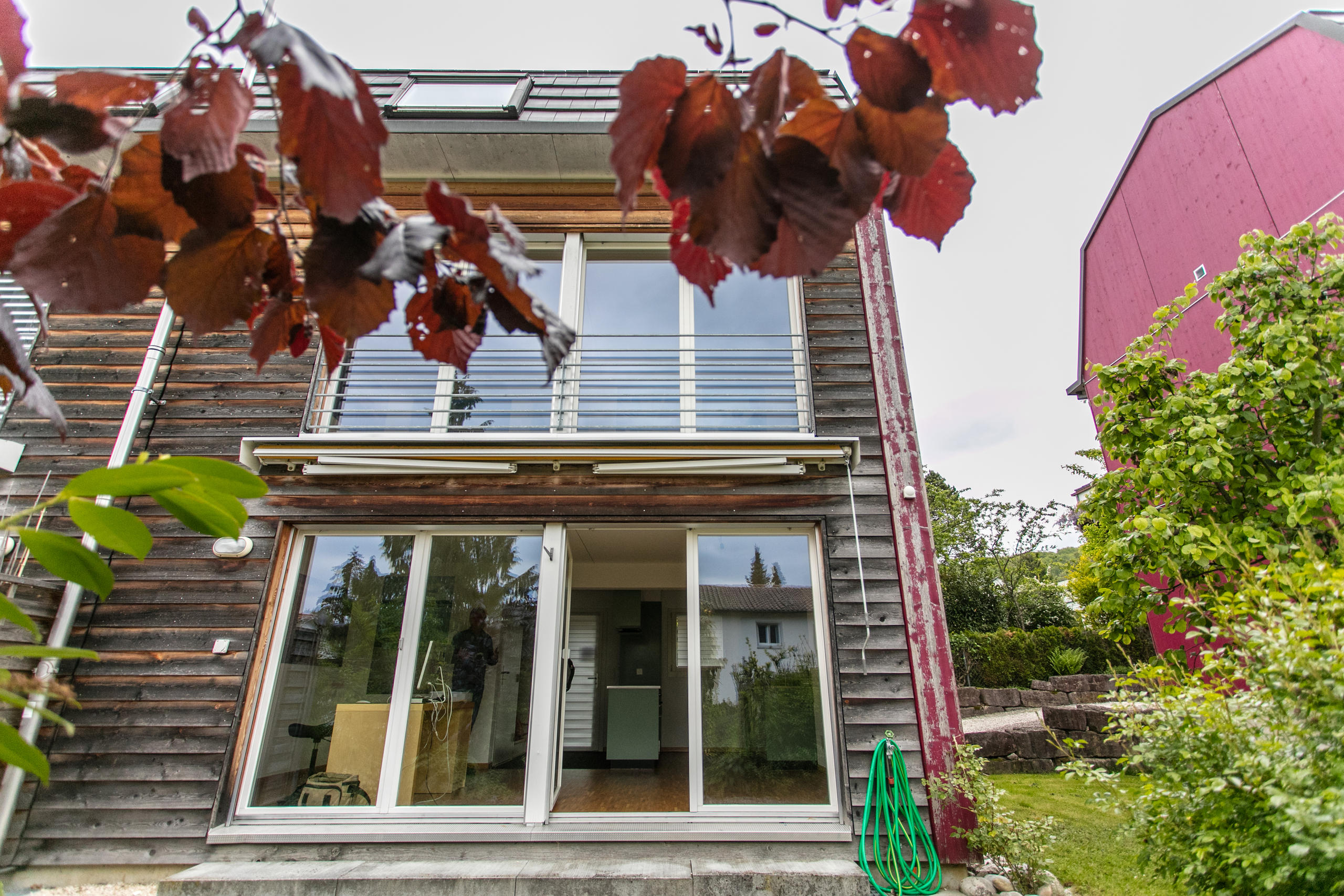
During various trips to China in the late 1980s, Swiss architect Donat Kamber was fascinated by the small, vertical local houses. Inspired by what he saw, he built four homes on that model in Switzerland. But the tiny house trend has not taken off in Switzerland for various reasons.
Architect and amateur photographer Donat KamberExternal link was one of the first Swiss to visit China after it opened its borders to individual travellers from the West in 1985. Between 1988 and 1993, he visited China repeatedly, spending several months in different regions of the country: the area along the border between Laos and Myanmar, the High Himalaya, Inner Mongolia, Hainan on the South China Sea and the Tarim Basin.
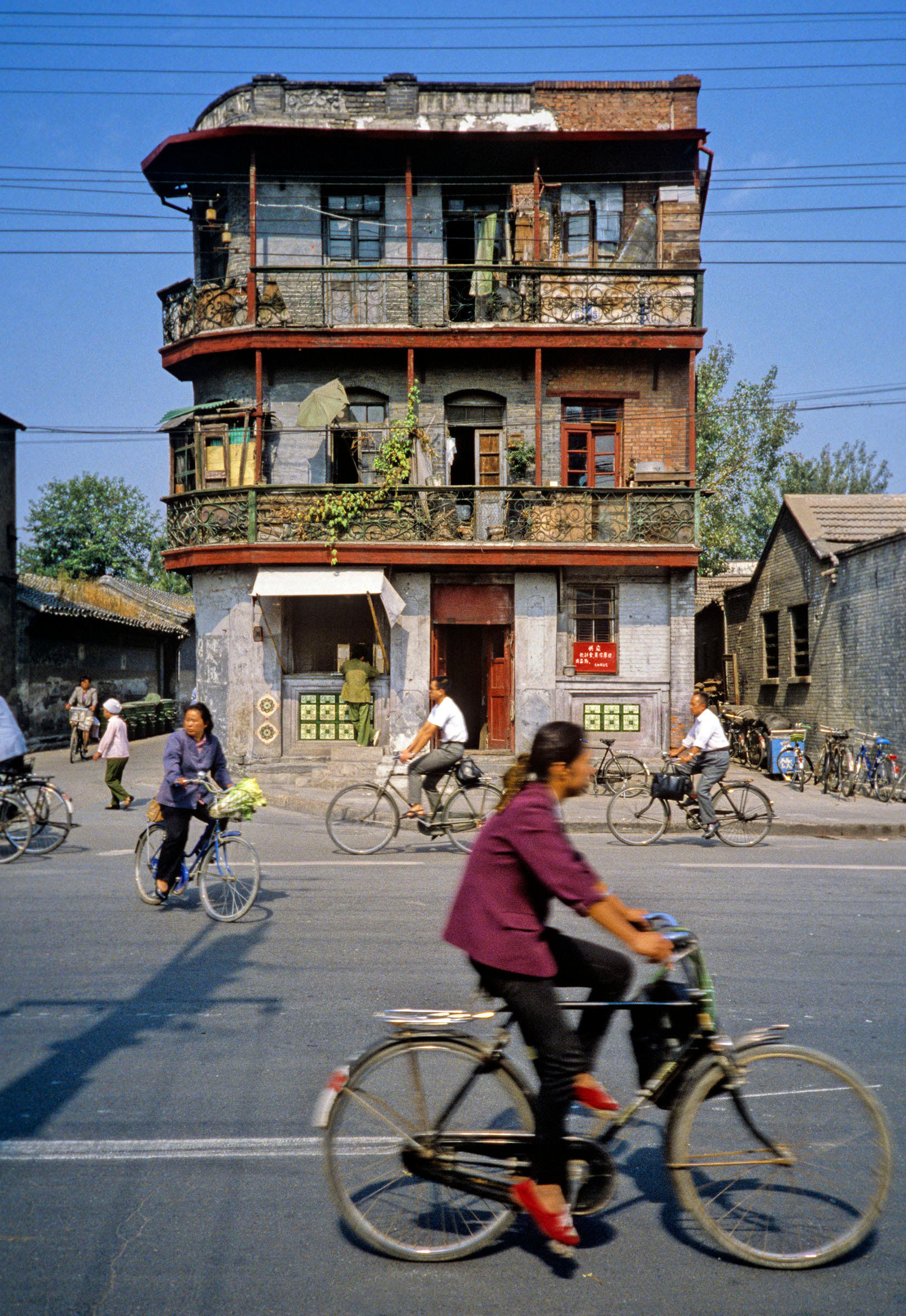
Kamber not only captured the lives of the people through his photography but as an architect he was also interested in how they built their houses. Back then, Chinese houses were small and tall.
“The Chinese think much more economically and have smaller units, or at least, they used to,” explains Kamber. The lives of the Chinese used to be simple and spartan. “Many tourists from the West struggled with that, but I was bowled over by China,” he says. He would have loved to stay there for good, but he started a family and ended up returning to Switzerland.
Atypical for Switzerland
He brought back not only photos but also an inspiration which he turned into reality a few years later. Together with his brothers he invested in his parents’ property in canton Basel Country and built four three-storey, one-family dwellings with only one room on each floor – just like the houses he saw on his trips. “We tried to build vertically and make use of the height, like the Chinese.”
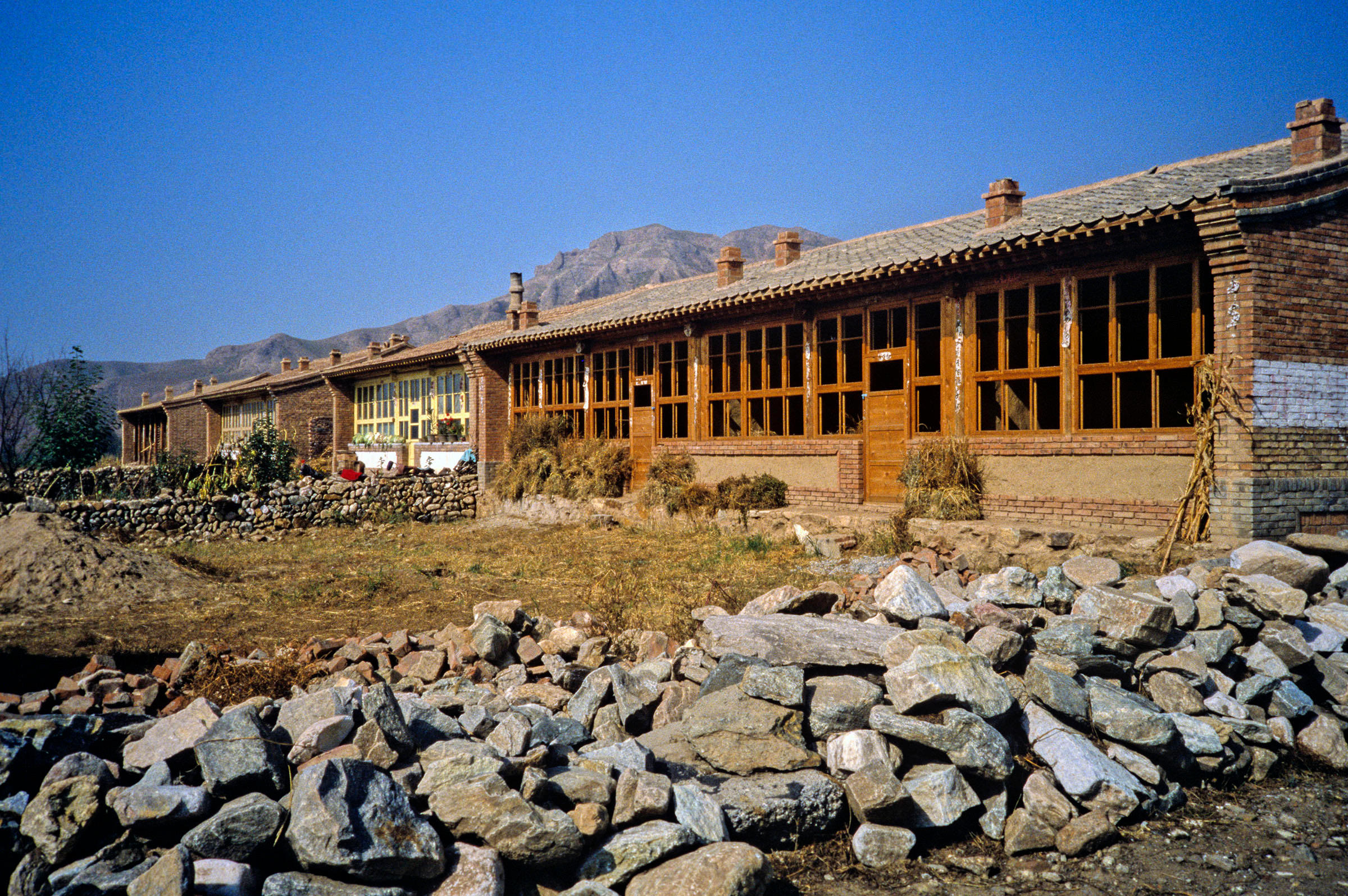
The positioning of the houses and their windows are also inspired by his travels. “Traditional houses in Mongolia are windowless on three sides with only a big glass front facing south. Their gardens usually go right up to the neighbouring house. As the next house usually doesn’t have a window on that side, they can use the garden right up to the neighbour’s house and still enjoy their privacy,” says Kamber, explaining his unconventional design.
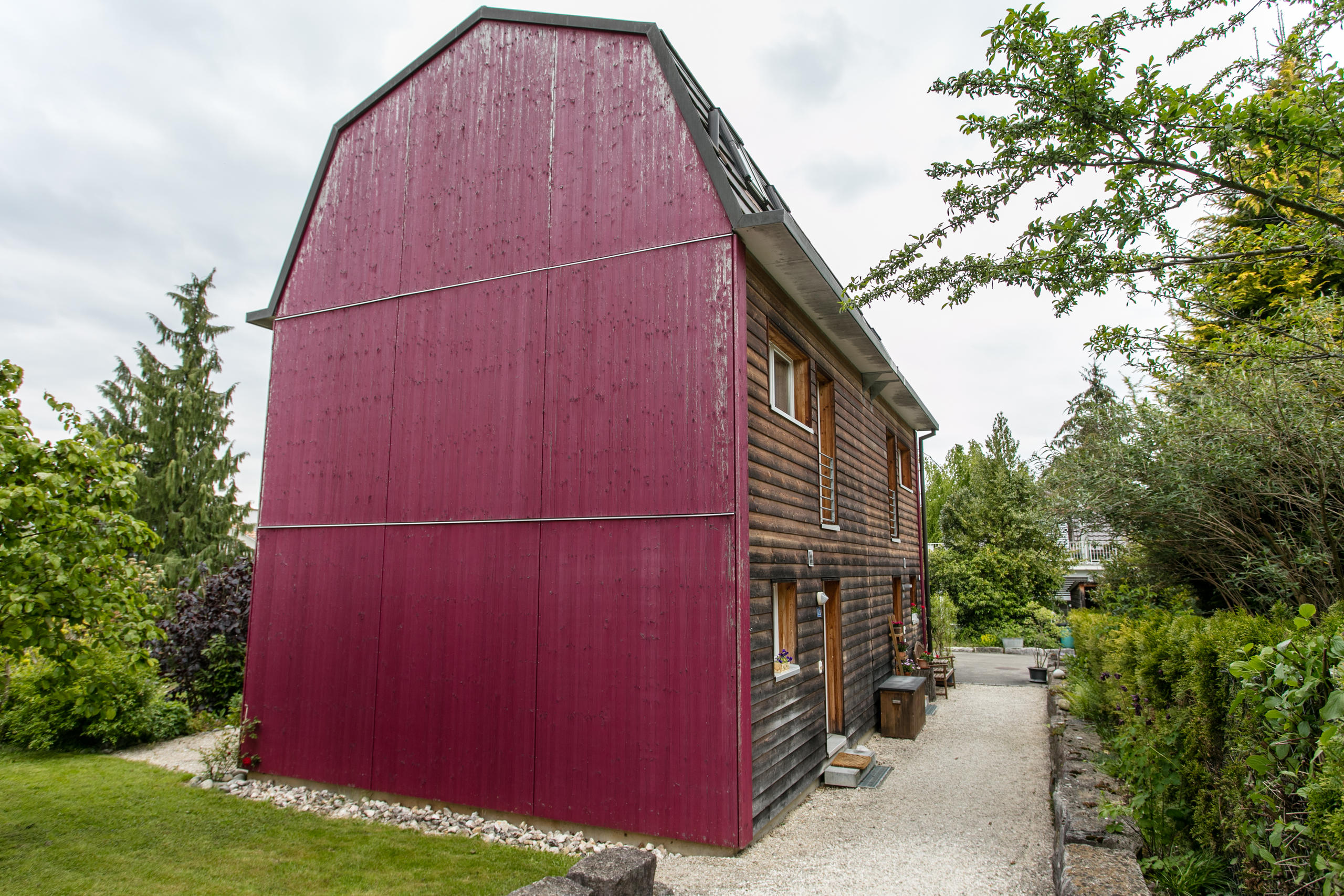
The banks were not familiar with such a design. “They told me that they had never seen anything like it,” Kamber says. “They demanded a report from an estate agent stating that tenants would want to live in such a house.” Despite this atypical design, the report concluded that they would.
Kamber understands the banks’ worries. “They want to be sure that their capital will yield interest. They want profitability, not risky experiments.” In retrospect he is quite surprised that they agreed on the deal.
Rental demand falls
During the first few years, Kamber had no problem finding tenants for his three-room houses, but in the past three to four years it has become more difficult. Like other rural areas, Basel Country has allowed rather too much of a house construction boom, as negative bank interest rates drew many investors into rental apartment property. But with the number of immigrants falling and more people moving to urban centres, demand for rented accommodation is currently stagnating.
Swiss expectations
Kamber says another reason why it is hard to find tenants for his mini houses is that the Swiss have very high living standards. “Some potential tenants are surprised to find only one bathroom and no indoor parking!”
With his family of six, Kamber lives in an apartment with only one bathroom. “It’s easy as long as we are organised,” he says.
Apart from ecological aspects, the downside of the high Swiss living standards is high prices. “Many young low-income families don’t even think about renting or buying a small house. A house seems utopian, so they just look for an apartment to rent,” Kamber says.
He hopes that this “tiny house” movement will lead to a change in thinking. An English book on his table bears the title “Tiny Houses”. Friends gave it to him in 1994 – a long time before the idea reached Switzerland.
Kamber can already feel the effects of this new movement. “I have recently talked to potential tenants who live in a five-room apartment. They want to get rid of their clutter and move to a smaller place.”
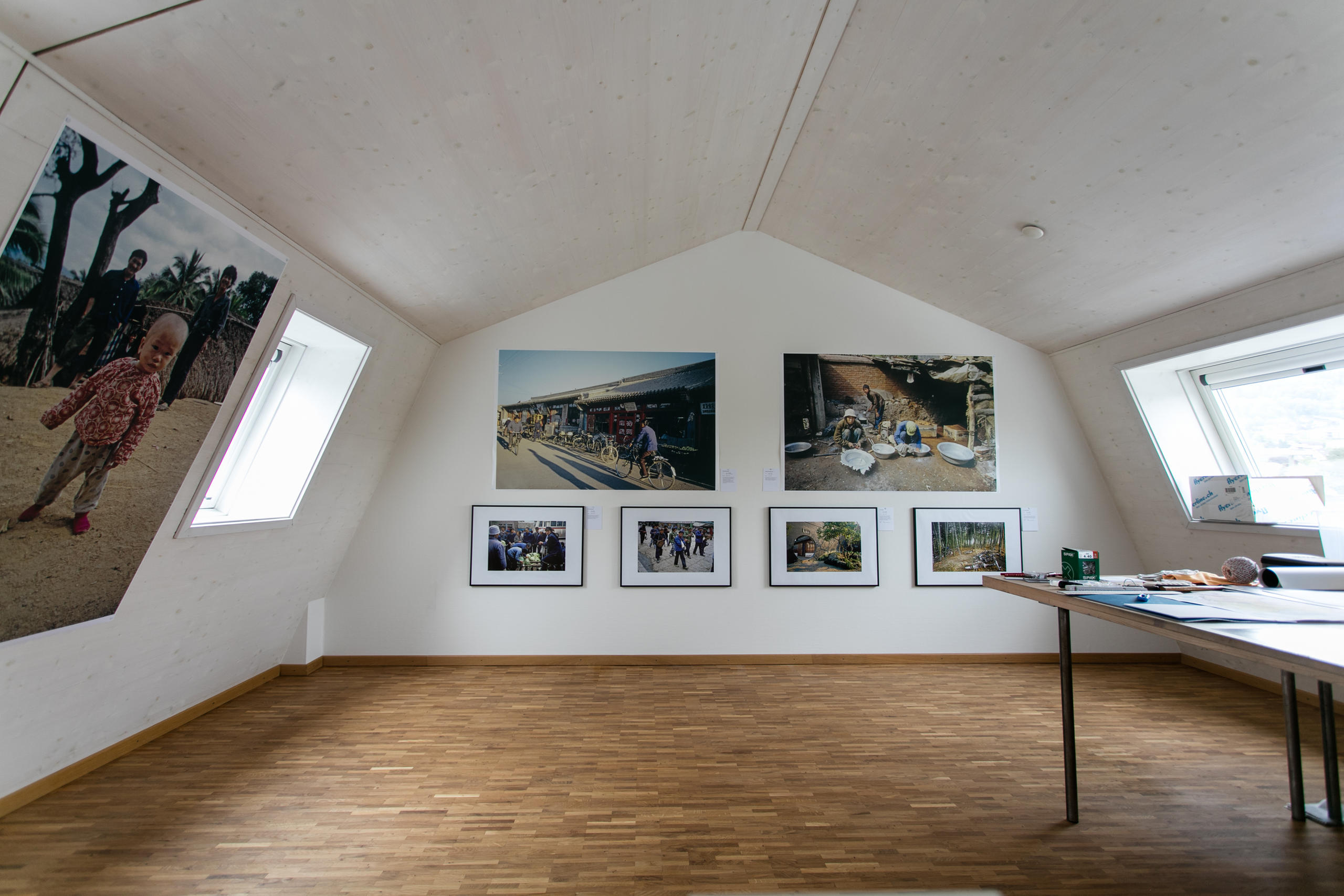
Building could be cheaper but…
Kamber and his brothers initially thought of couples or singles as potential tenants, but one of the houses was rented out to a family with two children.
The houses were built within a week from pre-fabricated elements made out of wood. A house costs 300,000 francs for construction, plus 20,000 francs for outdoor facilities and the parking lot, and 30,000 francs for connection costs and municipal taxes. The land costs 150,000 francs per house. So the overall cost can be reckoned at half a million per house, which remains relatively cheap for a house in Switzerland.
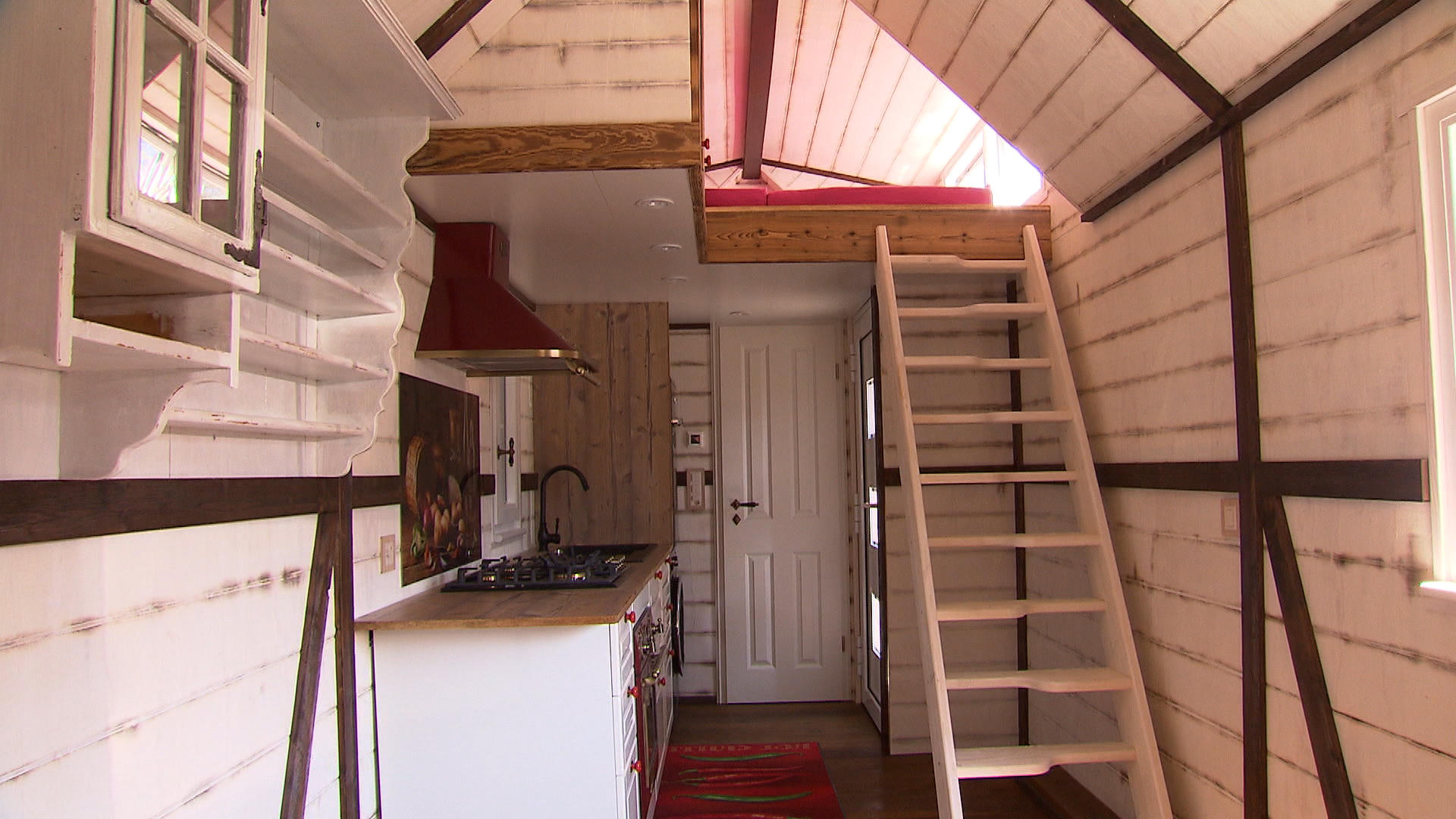
More
Switzerland warms to ‘tiny houses’
The monthly rent amounts to CHF 2,400 plus CHF 150 incidential costs. “It is in line with the market, but it’s not cheap,” Kamber admits. For him and his brothers the houses are an investment and part of their pension provisions. “If you build it yourself, you could do it even cheaper,” he says. “But we opted for the usual Swiss standards for the bathroom, kitchen and conventional basement.” The banks required such standards. Also it would not make sense to build even cheaper houses on such expensive land.
Building regulations deter small houses
The Swiss have special regulations on the ratio between the size of the house and the land it is built on, the so-called “floor area ratio”. The reason why Kamber and his brothers could build so many of these houses so closely together was that the garden of the neighbouring parental home is considered part of the property.
“It’s a contradiction. On the one hand the Swiss want to build more densely to stop excessive urban sprawl, on the other hand there are some communities that require a floor area ratio of 20 per cent or more,” Kamber says with a touch of anger. He suspects that some local authorities use this as a way to attract rich people. “Politicians think that owners of big mansions pay a lot of taxes. However, research has shown that this it not the case. Communities with many working class citizens collect just as much in taxes.”
The Swiss building regulations are simply not favourable towards small houses, and Kamber does not think that tiny houses on wheels will gain significant standing on the Swiss market either. “They are not economical and need a lot of space for a small living area.” He knows a woman who has lived in such a tiny house for two years and now wants to sell it again for CHF 90,000.
In short, cheap and modest living is a necessity in China, but almost impossible in Switzerland.
Basel cantons set examples for micro living
Even though the tiny house movement has reached Switzerland, Swiss legal conditions are a stumbling block. The cantons of Basel City and Basel Country are leading in the movement. In December, the city council of canton Basel City decided to find a suitable location for the construction of tiny houses, and Liestal in canton Basel Country plans to build a residential area with tiny houses. Other cantons plan to build micro apartments. Despite these efforts, living in small spaces remains a fringe phenomenon in Switzerland.
Translated from German by Billi Bierling

In compliance with the JTI standards
More: SWI swissinfo.ch certified by the Journalism Trust Initiative









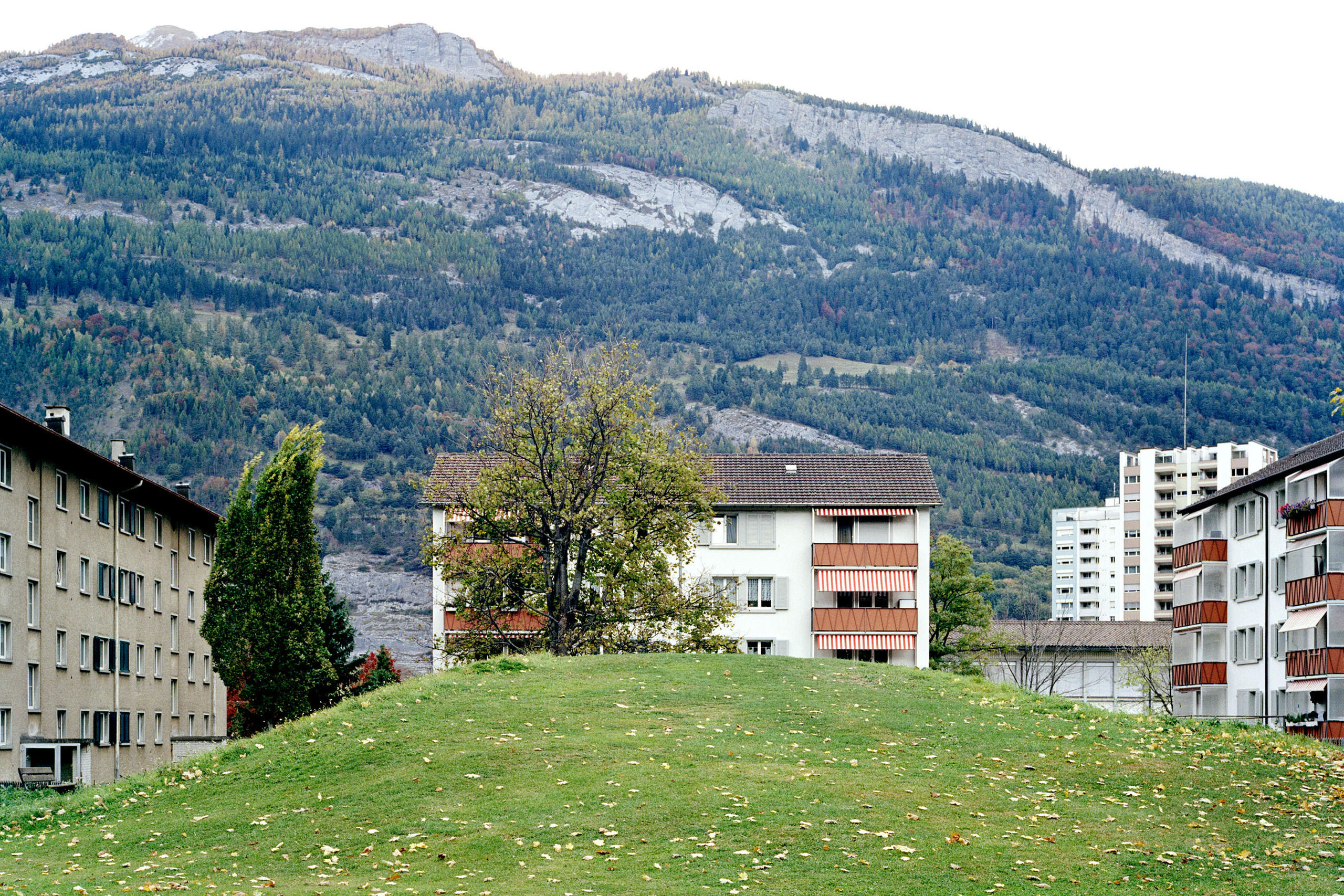
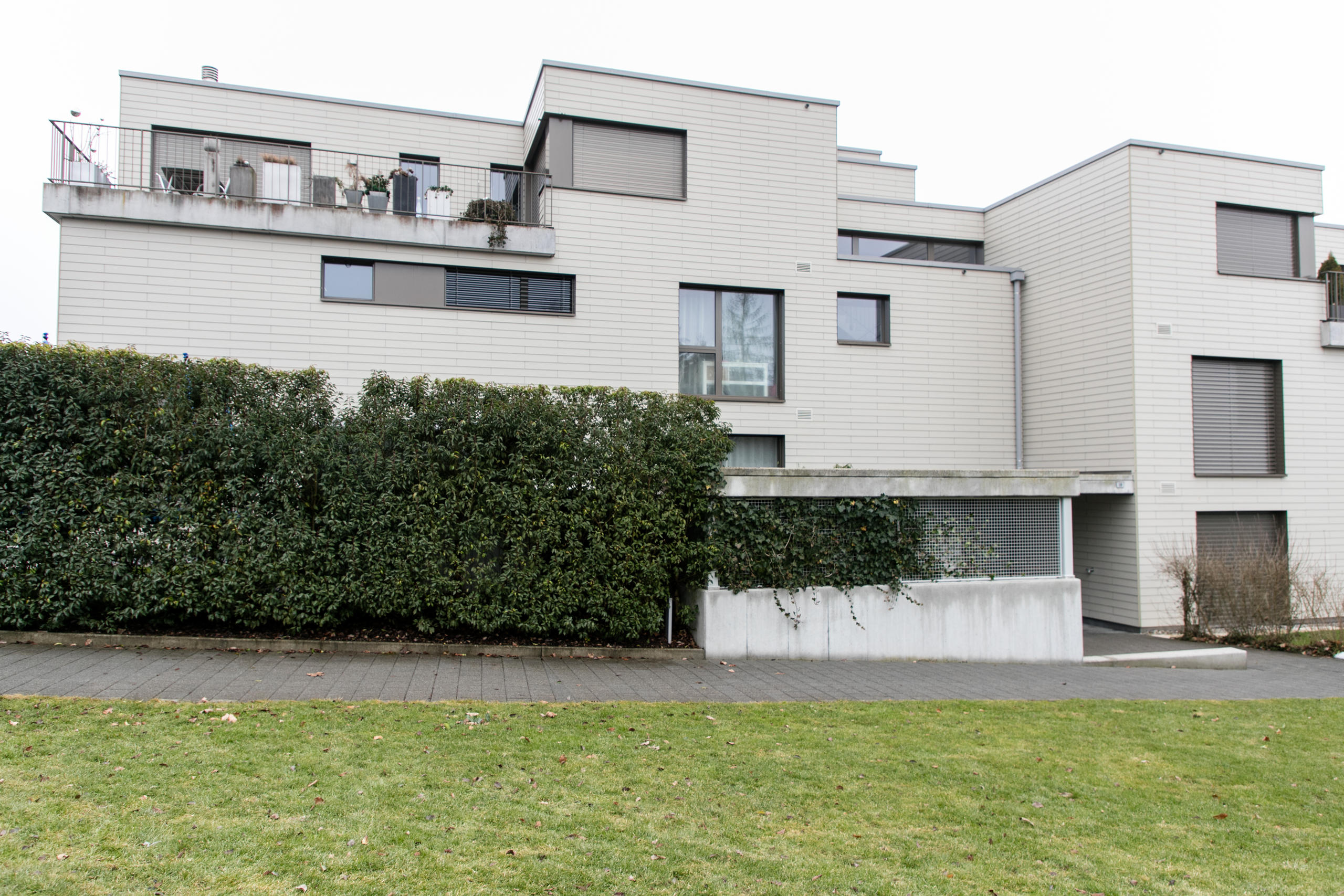
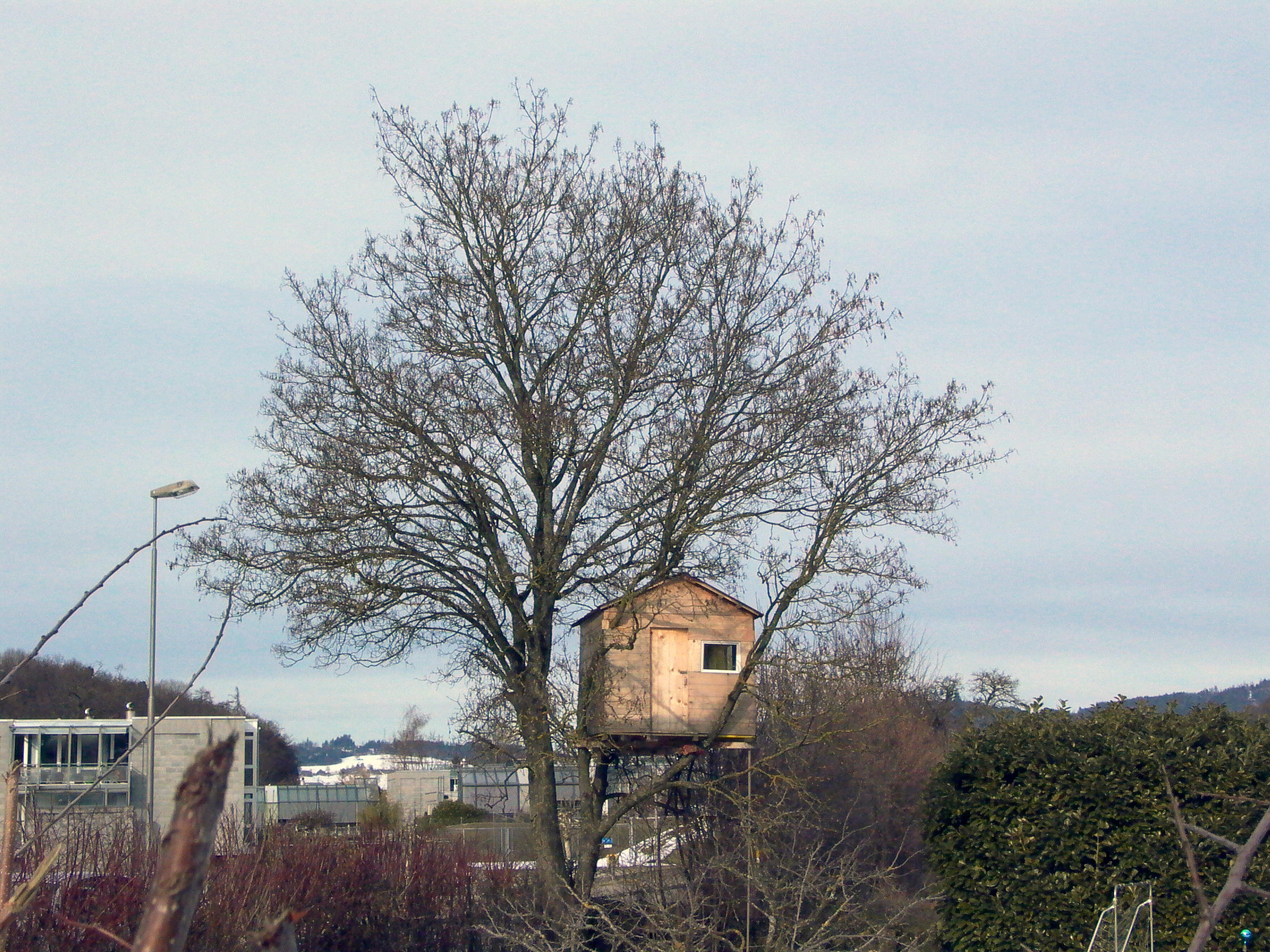
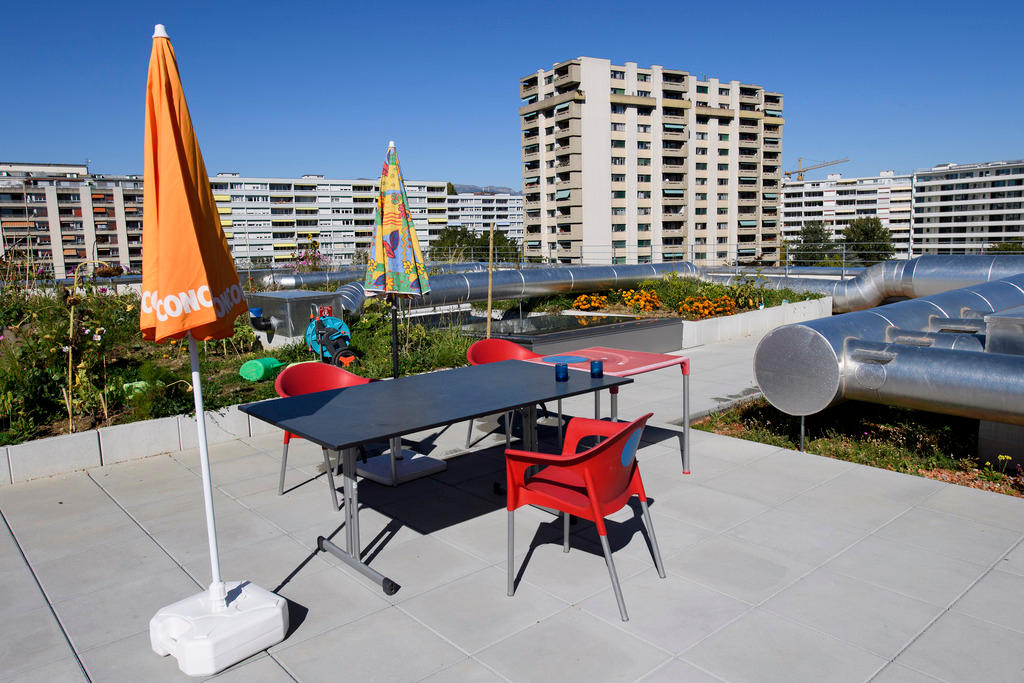
You can find an overview of ongoing debates with our journalists here . Please join us!
If you want to start a conversation about a topic raised in this article or want to report factual errors, email us at english@swissinfo.ch.